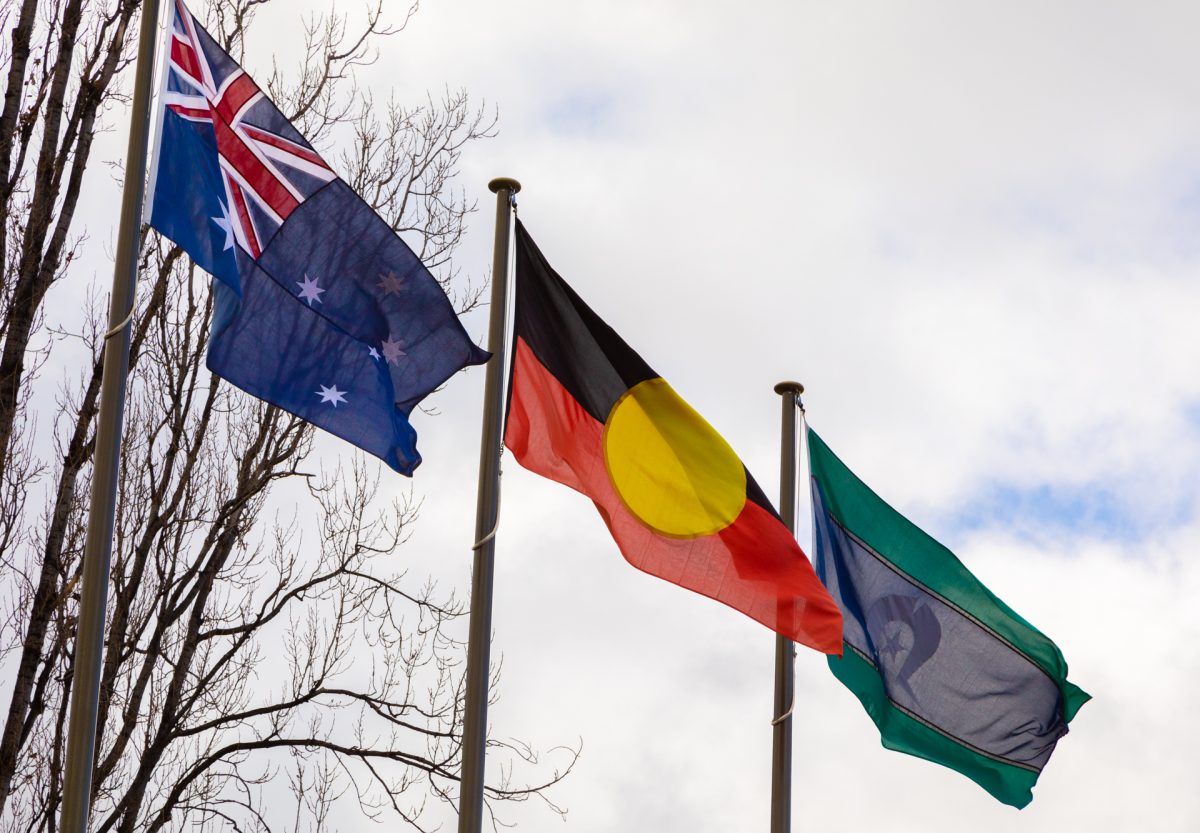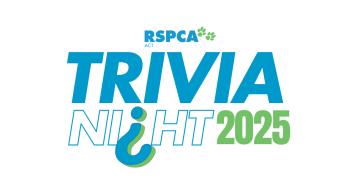
A group of Ngunnawal traditional owners announced their intention to lodge a native title claim over the ACT and surrounding parts of NSW. Photo: Michelle Kroll.
On the 30th anniversary of the Mabo decision last Friday (3 June), a group of Ngunnawal traditional owners announced their intention to lodge a native title claim over the ACT and parts of NSW.
If it goes ahead, it would be the first time a claim of this sort has been lodged in the Territory in around two decades.
According to analysis by Dr Ed Wensing, an Honorary Research Fellow at the Centre for Aboriginal Economic Policy Research, native title claims are a long and highly complex process.
Here’s what’s likely to happen next.
What is native title?
Native title was first recognised in Australian law in 1992.
This followed a claim lodged in 1982 by a group of Meriam people from the Eastern Torres Strait with the High Court of Australia.
The court subsequently ruled that Indigenous people had lived in Australia for thousands of years and enjoyed rights to their land that the Australian legal system must protect.
Following this, the Native Title Act (NTA) was created in 1993.
Put simply, it gives Aboriginal and Torres Strait Islander people rights over their land and water.
Every determination gives specific rights, but it may include things like maintaining and protecting it, using land for hunting or ceremony, and sharing in money from development.
Native title can be claimed in areas like vacant or unallocated Crown land, parks and public reserves, and land held by government agencies.
Have there been previous claims in the ACT?
Yes, but they have never been considered by the Federal Court for a variety of reasons, according to Dr Wensing’s 2021 discussion paper for the Australia Institute, Unfinished Business in the ACT.
There were four native title claims over land within the ACT between 1996 and 2002, but no determinations.
A further nine claims were made in relation to land inside and outside the ACT between 1995 and 2009.
In 2001, the ACT Government came to an arrangement where it promised to work in partnership with Ngambri/Ngunnawal people on the management of Namadgi National Park through a special 99-year joint management lease.
In return, the signatories would give up a native title claim that was lodged in the Federal Court.
Dr Wensing said this agreement had likely worked to restrict native title claims since and has called for it to be voided.
What are the complicating factors in the ACT?
Dr Wensing’s paper noted that for a long time, successive ACT governments had believed any native title claims were extinguished when the Territory’s land was transferred from NSW to the Commonwealth in 1911.
He argued last year that was not the case.
“Forty-four per cent of the ACT was Crown land in 1911. Under native title law, that doesn’t get extinguished,” he said.
There’s also the matter of working out which groups have claims over the land and whether there are any overlapping claims.
For example, while the ACT Government recognises Canberra as Ngunnawal Country, this has been criticised as a ‘one tribe’ policy by members of the Ngarigu people and members of the Ngambri clan, Dr Wensing’s paper asserted.
Those matters will also have to be explored in any native title process.
So, what’s next?
Ngunnawal Nation Traditional Owners Network Group spokesperson Sonia Shea last week said the group had been working on the claim for many years.
It’s now up to an independent body to complete anthropological research into the group’s genealogical links to the land they intend to lay claim over.
That’s because, under the Native Title Act, Aboriginal people have to prove an ‘ongoing’ connection to the land they want to claim native title for.
This could take some time – years, in fact.
That must be completed before the claim can pass the registration test, and while the matter can proceed if it fails to meet this test, the claimants would lose their procedural rights under the Native Title Act.
Even if this registration is successful, the average time for a contested native title claim to be settled in six years. Some can take much longer. The first native title claim ever lodged was settled in November 2010. It was lodged in 1994.
In the meantime, the ACT Minister for Aboriginal and Torres Strait Islander Affairs, Rachel Stephen-Smith, said the government will engage with the claimants if and when the claim is lodged.













